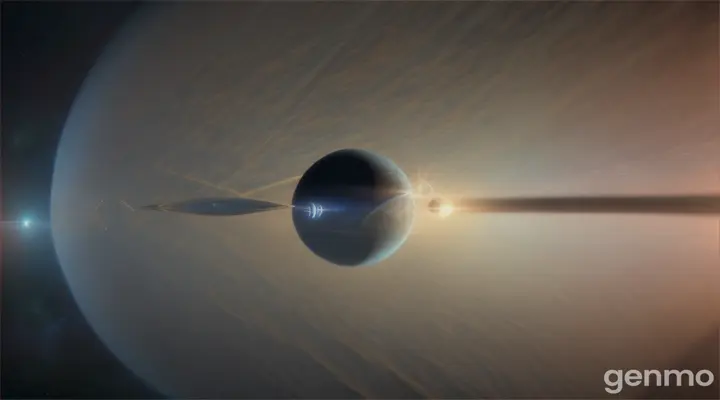JanitorStaunch8mo ago
Loading...

Prompt
Jupiter, the largest planet in the solar system, plays a major role in shaping the environment around it and protecting inner planets, including Earth, from potential impacts.
Seed869003306
